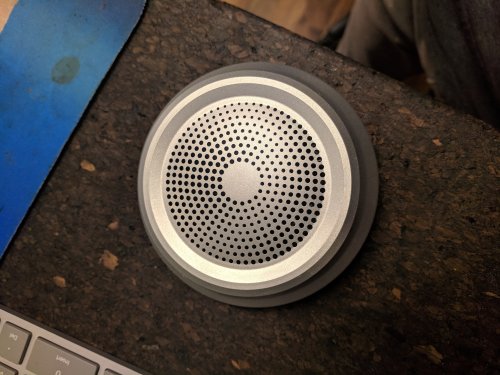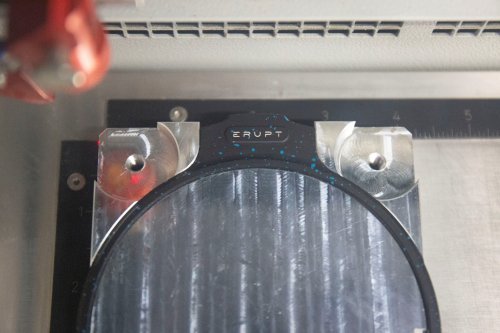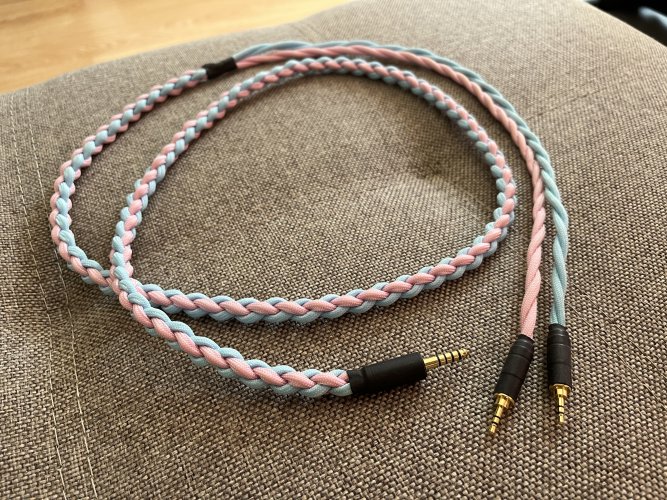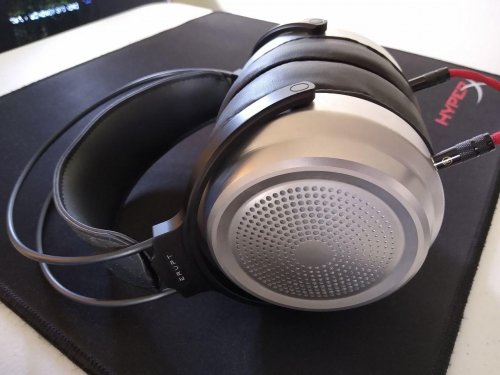One of the key differentiations for Vokyl audio is our dedication to not only american machining and manufacturing, but doing it all under our own roof. We mentioned some other parts of our design and prototyping process in a previous post,but left out the real nitty gritty of the machining aspects to save for this week. We’ll be addressing our initial design work using SolidWorks and HSMWorks software, fixture design, sourcing materials, the actual machining process, blasting, anodizing, and engraving… so a lot!
Solidworks
Solidworks allows us to model individual components of the headphone and then combine them all into a complete assembly. This assembly allows is to define how the parts interact with one another, manipulate them and run all kinds of calculations on them if we feel we need to. We also can then relatively painlessly move the parts into our production environment to be programmed for machining.

Fixture Design
Even though we’ll probably say every step in the process is the most important, fixture design is truly an incredibly important step. The right fixture enables us to locate and hold parts on the machines work table, and the wrong fixture enables us to crash our machine or send aluminum pieces careening in its walls. We use a variety of vices, jaws, grips, bolts, human sacrifice, and vacuums to hold our stock to the table while we machine it into usable parts.
When creating fixtures there a few crucial design elements that have to be thought about. We have to decide how the work-piece will fit in the fixture and how we will locate the part so that the machine knows where to cut. This is something that should also be highly repeatable and accurate, like put it in quickly while blindfolded and it will always end up at the same spot (within +/- .001”) accurate. The fixture must also be rigid so the work-piece cannot move or vibrate during machining; all of that energy should be sent out with the chips. Vibrations, or chatter, will ruin our desired surface finish and destroy our tools.

Aluminum is expensive, and seems to get more expensive every time we need to order more. While our machines are great for milling aluminum, its best for us to give them as much of head-start as possible. This means ordering stock that is as close to our final piece as financially possible, which generally means a block that’s slightly larger than the largest part of the finished piece. This helps mitigate wear and tear on the machine and prevent waste (wasted money, not aluminum, all of our aluminum chips get recycled locally). Our local aluminum suppliers and metal cutters enable us to really cut down on prep time and design efficient fixtures for our parts.

Now that we’ve got stock set in fixtures with programs, we’re ready to go! The first part of any setup is contact probing, where our machine sends a stylus-like tool down to the work table that measures dimensions and position. A probe is basically just a fancy switch that triggers whenever it contacts a surface. Probing tells the machine where to cut and ensures the accuracy of the program as we finish and put in new parts.
Once probing is completed, the noise begins. Our machines us a variety of tools: end mills, drills, taps, chamfer bits, and shell mills; to give us the aluminum piece we designed.

While freshly machined aluminum can have a nice, slick feel to it; it is generally not an appropriate finish for a final product. Once our parts are finished, we walk them over to our blasting cabinet. We use a “slurry” of water and tiny glass particles to blast our pieces, giving them a smooth satin feel. This process also removes any uneven shading or lines left over from the machining tools.

Once we’ve machined, blasted, and cleaned a part; we drive it over to our local anodization shop (right off the campus of the historic St. Louis Anheuser Busch Brewery) to give it that sleek black color and protect against scratches.
The anodization process is pretty interesting in and of itself. The anodized aluminium layer is grown by passing a direct current through an acidic solution, with the aluminium object serving as the anode (the positive electrode). The current releases hydrogen at the cathode (the negative electrode) and oxygen at the surface of the aluminium anode, creating a build-up of aluminium oxide and black dye. This is layer gives the Erupt cups and yokes their color.
Engraving
When we’ve safely transferred the parts back the office, their next stop is our laser engraver. Any text you see on aluminum Vokyl parts will have been engraved by this machine.



































 That blasted look is SUPER sexy <3
That blasted look is SUPER sexy <3